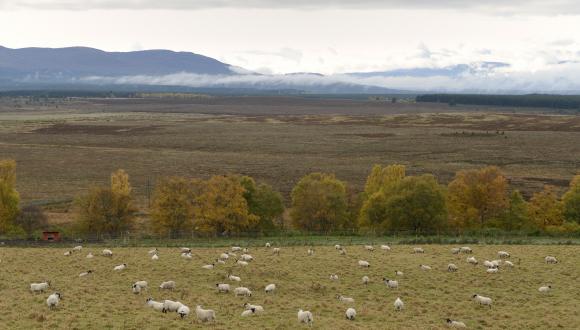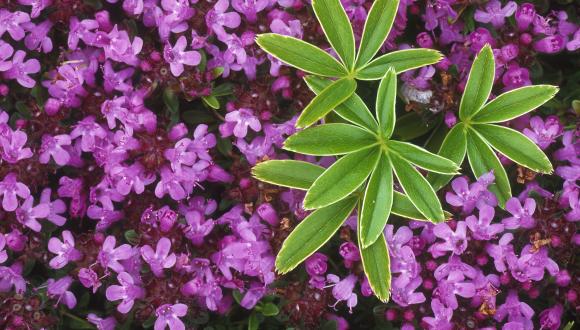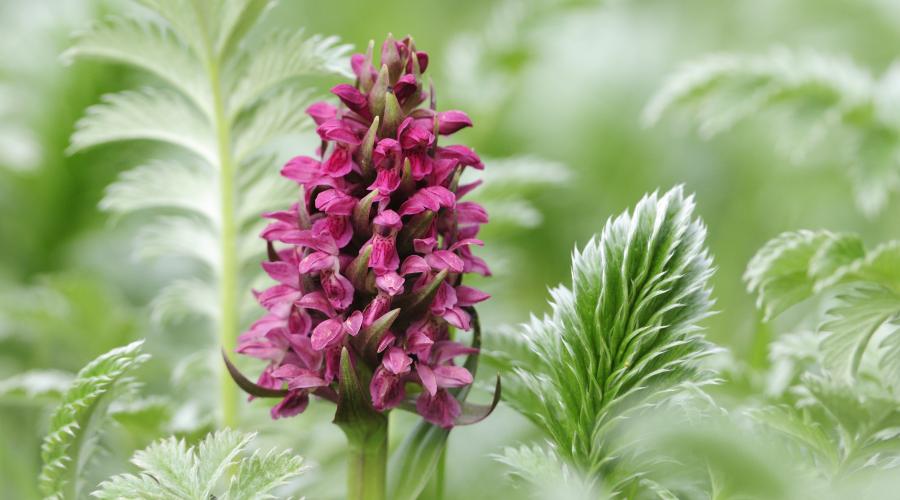
Farmland plants
Many flowering plants have adapted to the conditions created by generations of farmers and crofters working the land.
Farmland contains a mosaic of habitats, many of which are relicts of the landscape from the time before humans grew crops and kept animals.
Farming has certainly changed our woodlands, streamsides, wetlands and lakes. But we only have arable fields, lowland grassland and lowland heathland because of centuries of farming. Crofting has helped to maintain our unique machair. Each habitat has a distinctive complement of flowering plants, though individual species can be found in other habitats too.
Heathland plants
Much of our heathland at lower altitudes was formed from land cleared of trees. So it’s unsurprising that the plants found here also occur in woodland.
Such plants include:
- heather and blaeberry – which dominate heathland
- lesser twayblade
- intermediate wintergreen
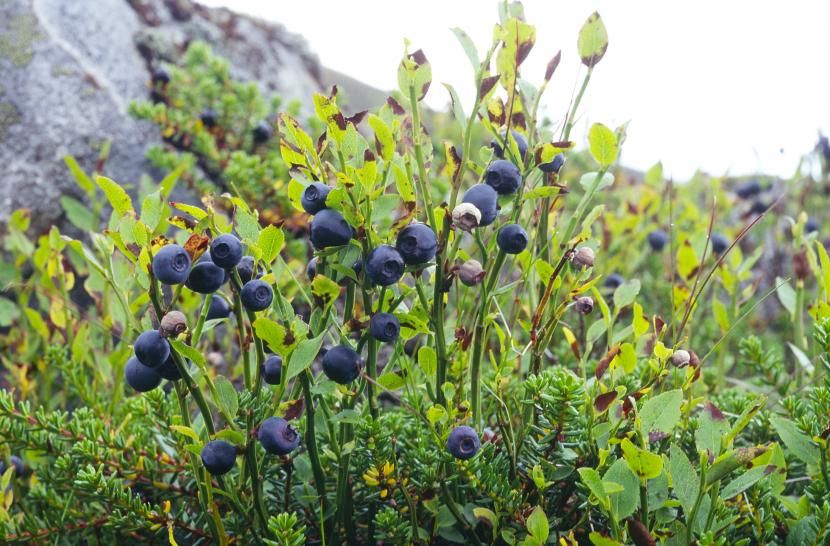
©Lorne Gill.
Grassland plants
On deeper, richer soils, it was grassland rather than heathland that replaced woodland when farming became widespread.
Today, remnants of this ancient grassland form the tiny fragments of meadowland rich in orchids and other attractive flowers. For greater butterfly-orchid, wood crane’s-bill and cowslip to thrive, grazing or hay cutting is necessary.
Read: Species Action Framework: Management guide – Lesser butterfly-orchid
Colourful arable fields
Cornfields filled with a riot of colour from poppies, oxeye daisies and corn marigolds are rare but reveal much about our past.
Now considered weeds, these plants thrived before the time of modern herbicides, along with less showy species like common hemp-nettle and fat-hen. Many aren’t native to our shores but arrived with the first farmers.
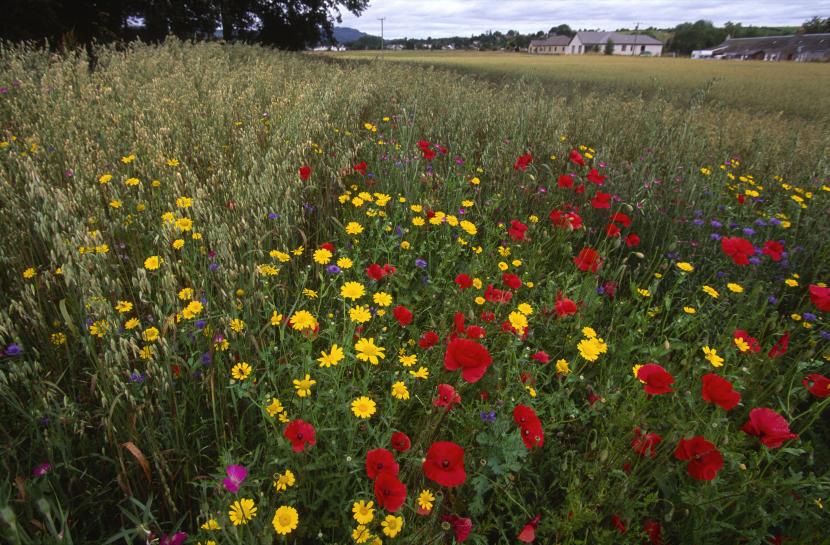
Plants of the machair
Machair, which is unique to Scotland and Ireland, is home to an abundance of flowering plants. Sandy soils and strip cultivation support a wide range of species.
These include common but colourful plants:
- daisy
- oxeye daisy
- buttercup
- clover
- common knapweed
Find out more about the machair habitat.
Protection of farmland plants
Discover how Scotland’s wild plants and fungi are protected.
